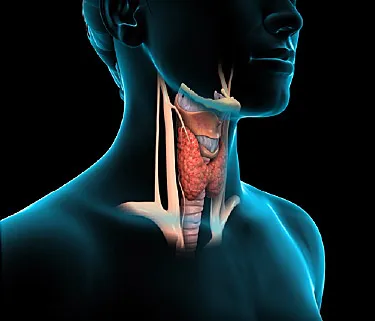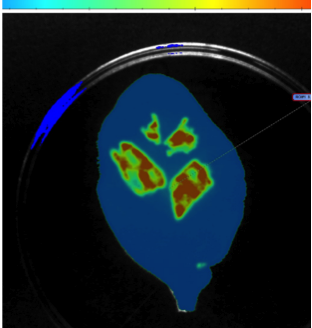
The 2017 Cardiff-Wales project has dual aims.


Primarily we will develop tools for plant synthetic biology using the golden gate phytobricks standard. We will take previously characterized promotor elements that respond to a variety of environmental stimuli and move these into the phytobrick standard. These promotor elements will be used to generate TUs that drive reporter gene expression and will represent useful tools for future iGEM teams.
Secondly we will use these phytobricks to express the composite TSHantag protein, which is an antagonist for Graves Disease, caused by hyperthyroidism. The TSHantag has not previously been used as a therapeutic agent so we will use the tobacco gene expression system to produce high levels of the protein, which will then be tested in a human in vitro system by collaborators at the Cardiff University Medical School.
We have expertise using the tobacco expression system so will welcome collaborations with iGEM teams who wish to test the function of their proteins in plants!
Project Abstract

Grave’s Disease arises from the overproduction of the thyroid stimulating hormone (TSH). Such overproduction leads to increased thyroxine levels, consequently resulting in hyperthyroidism. Our project will involve the expression of the human thyroid stimulating hormone antagonist (TSHantag) using the Tobacco expression system. As of yet, there have been no examples using the tobacco system for expression of the TSHantag protein. Therefore, we will design and generate unique transcriptional units (TUs) for expression of TSHantag in tobacco. These TUs will be introduced into tobacco using agrobacterium-mediated transformation. We will optimise the amounts of heterologous protein that can be produced in this system before collaborating with researchers at University Hospital of Wales to test the efficacy of the TSHantag in an in vitro system.


Furthermore, we aim to improve the set of tools available for regulating gene expression for plant synthetic biology. Currently only a small number of regulatory elements have been introduced into the iGEM Phytobrick standard, limiting our ability to build TUs that respond to both internal and external stimuli. Therefore we will generate novel phytobricks that can be used for induced gene expression. The efficacy of these regulatory elements will be measured using luciferase gene expression.

Overall, the project will aim to generate a novel therapeutic agent using the Tobacco leaf expression system as an alternative to current therapeutic agents such as radioactive iodine as well as developing new tools for the iGEM Phytobrick standard.
